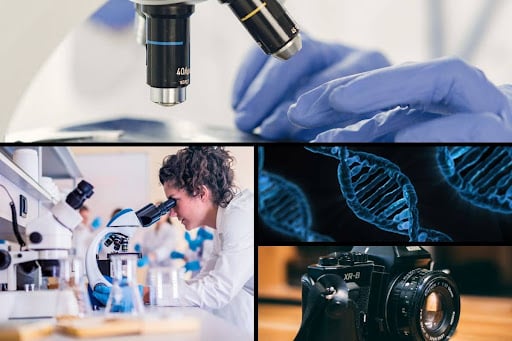As someone with a keen eye for detail, Usher Khan is captivated by the world of scientific photography. As he advances his medical studies, he continues to expand his skills as a scientific photographer.
What is Scientific Photography?

Scientific photography is a specialized field focused on capturing images for research, documentation, and educational purposes. Photography used in science requires both precision and accuracy. Scientific photographers use specialized equipment to document phenomena invisible to the naked eye.
These images play a critical role in areas like biology, medicine, and environmental science. They help researchers examine microscopic structures, analyze data, and communicate their findings visually.
For Usher Khan, scientific photography offers him a unique blend of artistry and science. By pursuing this passion, he has deepened his understanding of medicine and the natural world.

The Science of Photography
Scientific photography is, in itself, its own science! This field combines physics, chemistry, and biology to create accurate and meaningful images.
In scientific photography, precision is essential. Photographers rely on controlled lighting, magnification, and meticulous calibration to reveal details that standard photography might miss.
Techniques such as macro photography, microscoping photography, high-speed imaging, and spectrophotometry allow for close examination of subjects. Photographers can capture everything from cells and tissues to geological formations.

As he aims to master these techniques, Usher Khan can explore the complexity of scientific subjects. For Khan, the science behind photography enhances his exploration of the natural world and complements his journey into medicine.
Medical Photography
Medical photography is a specialized branch of scientific photography focused on capturing images for clinical, educational, and research purposes in the medical field. This type of photography requires an understanding of anatomy and medical practices to accurately document conditions, procedures, and anatomical details.

Healthcare professionals use medical photography to track patient progress, document procedures, and support medical education. Medical photography aids in both diagnosis and treatment planning.
For Usher Khan, medical photography aligns perfectly with his passion for medicine. It offers him a unique way to observe and contribute to the field’s visual and educational needs. Through this lens, Khan gains deeper insights into the human body.
